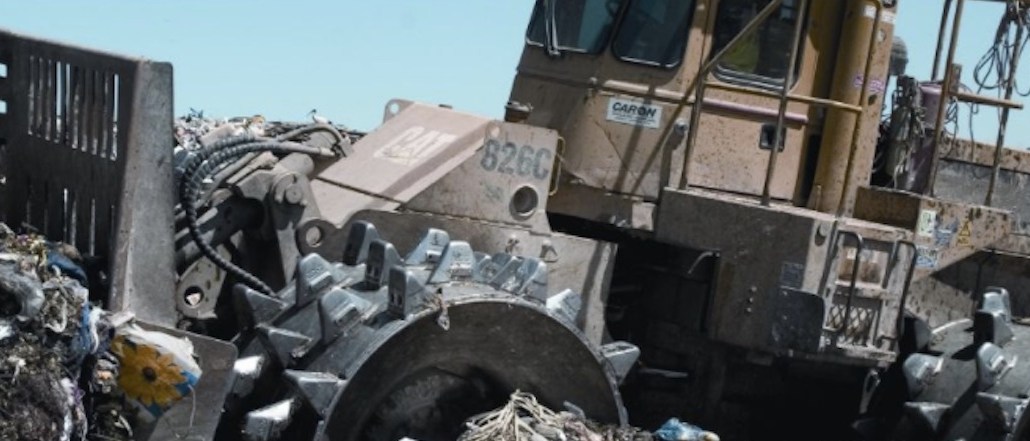German tabloid Bild’s ad cleanup cuts ad space by 20 percent

At the beginning of September, Axel Springer tabloid Bild cut up to 20 percent of its more aggressive ads from article pages, including pop-unders, video and in-text overlays from its site. According to the publisher, the aim of its ad-quality initiative is threefold: to reduce the volume of ads, to cut out all intrusive ads to and introduce other custom formats. Now it’s starting to reap the benefits of the move.
“When you cut off around 20 percent of intrusive ads, this leads to some constraints in revenue,” admitted Stefan Betzold, managing director at Bild Digital. “We’re trying to find the annoying spots and those that are underperforming in terms of value per pixel or value per position.” As such, the publisher is cutting the ad space, though Betzold declined to share how many ad placements it has shed. “We set a threshold, and if it’s under-monetized, we get rid of it.”
One new custom format, which it calls an “understitial,” is fixed in size, sits next to the content and loads as the reader scrolls. So far, it has run several campaigns with this. For a 24-hour exclusive placement on the mobile homepage, guaranteed 5 million ad impressions, Bild charges a gross price of €70,000 ($74,400). But it seems to be effective: Internal research finds ad recall is three times higher compared to the recently-axed formats. “Bounce rates are often a measure of the content rather than the ads, but the mobile bounce rate has declined between 10 percent and 20 percent compared to other ads on the page,” said Betzold.
It plans to introduce at least one more in the near future, alongside also selling the IAB standard format ads.

Since cutting interruptive formats, Bild has also stopped working with a handful of ad networks that don’t meet its criteria for acceptable ads, broadly speaking those that disrupt the user experience and peddle pop-under ads, or infringe on data privacy.
“It’s more complicated than whether a format is intrusive or not,” said Betzold. “You can have an intrusive format with great creative power that performs very well.” He offered as an example the 360-degree interactive video cube format that it ran for a campaign for Netflix where readers could watch miniseries within the ad. For this, a frequency cap is needed. “Seeing this more than once would make the intrusiveness greater than its creative aspect.”
Bild literally translates to “image,” and the site is picture- and video-heavy, so it needs to invest in technology to keep its page-load times competitive. Over a year ago, it rolled out cross-platform technology to make sure content loaded faster. According to the publisher, it performs in the top 10 percent of German publisher on mobile page-load time. Google’s Page Speed tool finds there’s room for improvement, scoring Bild 66 out of 100 on user experience, and 43 out of 100 for speed.
According to Carsten Schwecke, chief digital officer of Media Impact, Axel Springer’s marketing division and joint venture with Germany’s third-largest newspaper and magazine publisher, Funke Mediengruppe, Bild seems to be the first publisher taking this holistic approach to cleaning up ads. Others are beginning to make small adjustments, like using dynamic sidebars to improve reader experience.
“There is a feeling of common sense to change the direction,” said Schwecke. “This is also reflected in the number of ad blockers going down.” Recent figures from the German Federal Association of the Digital Economy finds the number of blocked desktop page ad impressions was its lowest at 19.4 percent during the second quarter this year. Bild was one of the first publishers to take a hard stance on the problem, stating it has reduced the ad-block rate by more than 90 percent. This goes some way to show the power that publishers wield in the region.
The publisher announced it was cutting bad ads several days before the Coalition for Better Ads, a global initiative with agencies, advertisers, tech companies and publishers that came out Sept. 15, but Betzold said it’s watching it with interest. For Bild, at least it has the advantage of working at a quicker, more nimble pace than the coalition.
More in Media

Walmart rolls out a self-serve, supplier-driven insights connector
The retail giant paired its insights unit Luminate with Walmart Connect to help suppliers optimize for customer consumption, just in time for the holidays, explained the company’s CRO Seth Dallaire.

Research Briefing: BuzzFeed pivots business to AI media and tech as publishers increase use of AI
In this week’s Digiday+ Research Briefing, we examine BuzzFeed’s plans to pivot the business to an AI-driven tech and media company, how marketers’ use of X and ad spending has dropped dramatically, and how agency executives are fed up with Meta’s ad platform bugs and overcharges, as seen in recent data from Digiday+ Research.

Media Briefing: Q1 is done and publishers’ ad revenue is doing ‘fine’
Despite the hope that 2024 would be a turning point for publishers’ advertising businesses, the first quarter of the year proved to be a mixed bag, according to three publishers.





